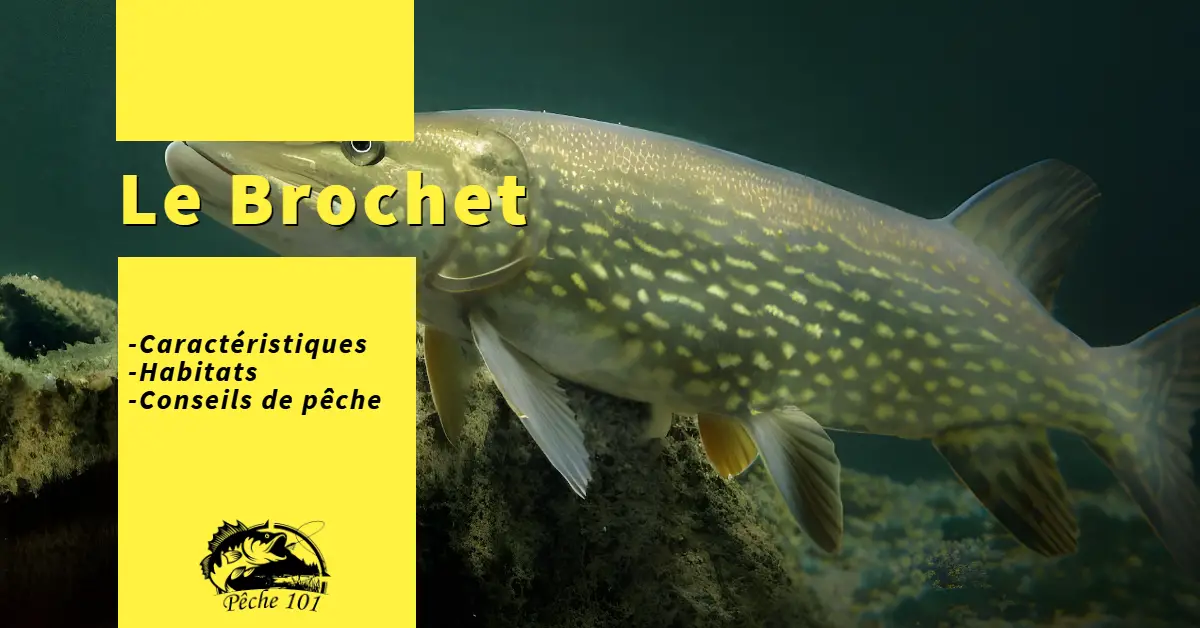Immerse yourself in the fascinating world of pike fishing, learning about its feeding habits, preferred habitat, amazing reproduction and much more.
Whether you're a seasoned angler or a curious beginner, this guide will show you all the tricks you need to successfully catch this fish. species emblematic of freshwater.
Explore the best times of year to fish for them, the weather conditions that influence their behaviour and the most effective lures for attracting them.
Article content
An overview of pike
| Diet | Carnivore |
| Main prey | Mainly other fish, frogs, aquatic birds |
| Distinctive feature | Elongated body and powerful jaw |
| Optimum pH level | 6-8 |
| Habitat | Slow-moving water |
| Medium size | 0.5-1.8 m (20-71 inches) |
| Life expectancy | 12-15 years |
| Colors | Grey, blue, black, white |
| Skin type | Scales |
| Average range size | 100 000 |
| Favorite food | Fish |
Pike characteristics and physical description
The pike is an elongated, muscular, torpedo-shaped fish with a greenish color on top and sides.
Its belly is usually very light or white.
Its main characteristic is its duck-billed snout, which houses a large mouth with hundreds of backward-sloping teeth for seizing prey.
Its lower jaw features long, pointed teeth.
The pike has a single dorsal fin, devoid of sharp spines, located along its back near the tail.

Young pike have light bars on their dark green bodies, which turn into irregular spots as they mature.
Their gliding body provides smooth acceleration as they move through the water.
Pike continue to grow throughout their lives.
But its growth gradually slows down once it reaches maturity.
Males generally reach maturity between 4 and 5 years of age, with an average size of between 11 and 27 inches.
Females tend to grow faster than males and reach maturity between 5 and 6 years of age, with an average size ranging from 19 to 30 inches.
In addition to its distinctive silhouette, the pike is distinguished by its simple dorsal fins and the colorful spots along its body.
Scales cover the cheek and the upper half of the operculum.
Its main color is olive green, embellished with shades of yellow and white on the belly, while light bar-shaped spots adorn its flanks.
Juveniles have yellow stripes along their bodies.
The pike's head is similar in shape to that of a crocodile, with sensory pores located mainly in the lower part of its jaw, enabling it to explore its environment.
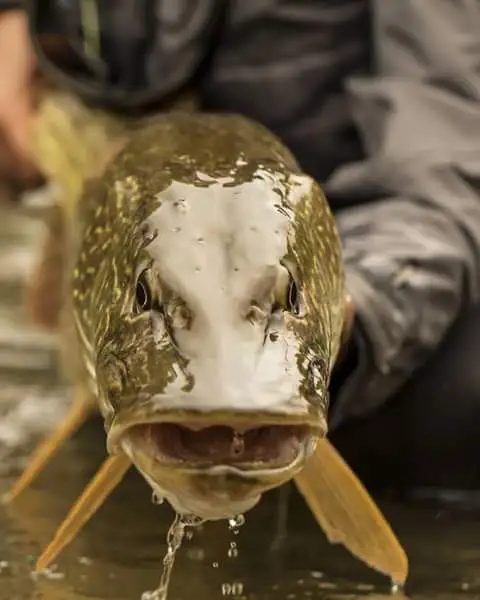
Photo by: David Trejedor - FB – Insagram
Power supply
The pike is a carnivorous predator that hunts by stalking and feeds during the day.
Its diet consists mainly of other fish, but it will attack any living thing up to a third of its body length: ducks, mice, rats, frogs, snakes, crayfish and almost any fish, including other pike.
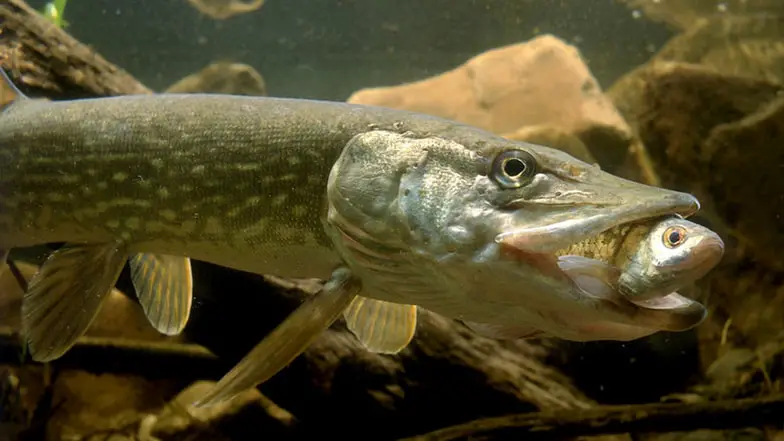
Image from: BSIP/Universal Images Group via Getty Images
Adult pike are particularly fond of 4 to 15 inch bullheads and yellow perch.
Pike often stalk their prey from below before engulfing it, like an alligator.
Reproduction
Pike spawn in spring when water temperatures reach around 9°C (48.2 degrees Fahrenheit).
Females lay a large number of eggs, which are fertilized by 1 to 5 males.
Once the sticky eggs have been released and fertilized by the males, they adhere to the vegetation.
Eggs hatch in around ten to fourteen days.

Photo by: https://twitter.com/SolomonRDavid
Fry feed initially on phytoplankton and aquatic insects, then quickly move on to other small fish.
Fry remain in their spawning areas until they are about two to three inches long. They then move on to deeper water.
Pike habitat
Pike generally inhabit slow, shallow streams and rivers, as well as lakes and ponds.
They can also be found in cold, clear, rocky waters.
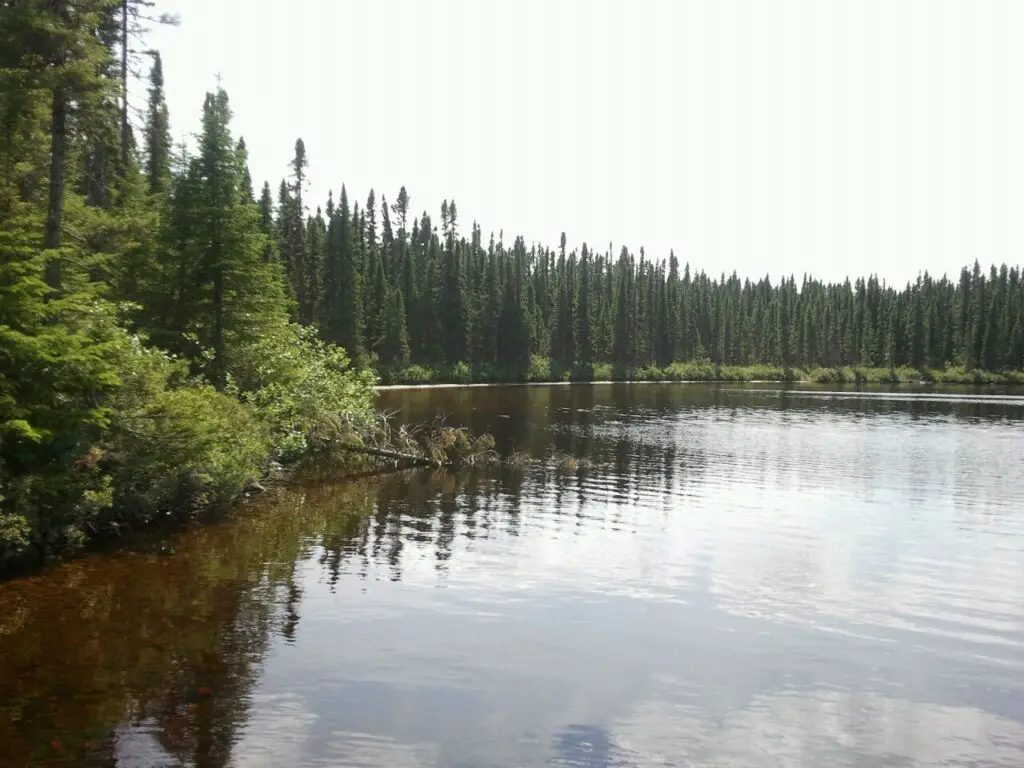
Pike are predators that use ambush as an attack strategy. They hide quietly between rocks or seaweed to attack their prey at the best possible moment.
The best times of day for pike fishing
Pike fishing is an exciting activity that requires patience and know-how. To increase your chances of success, it's crucial to understand the best times of day to catch this voracious predator.
When to fish for pike in general...
Throughout the year, pike are generally most active at sunrise and in the late afternoon. These are the times of day when pike are hungriest and most active.
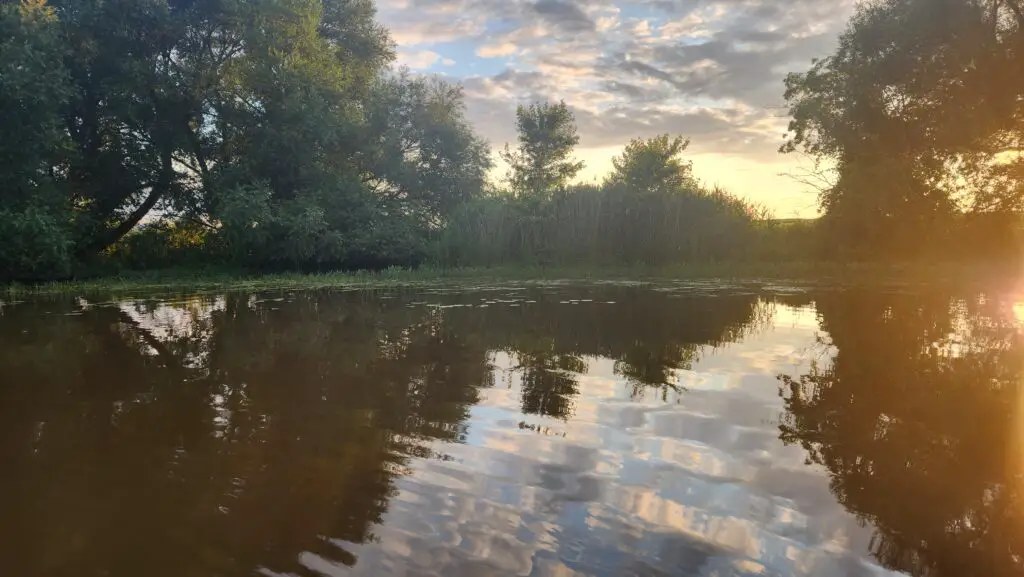
In the morning, just before sunrise, pike are at their hungriest, having spent the night without feeding. Similarly, in the late afternoon, pike are still searching for food to maintain their energy levels.
Pike fishing all year round
Spring
In spring, when the waters warm up, pike become more active and start moving into bays and tributaries.
The best times to fish for pike in spring are early morning and late afternoon, near sunrise and sunset.
As the days lengthen and temperatures rise, pike will be more active near evening.
Summer
Summer is an ideal time to fish for pike, as they are particularly voracious and actively seek food to recover after the spawning period.
The best times for pike fishing in summer are dawn and dusk, just before sunrise and just after sunset.
During these hours, pike lie in ambush to catch their prey.
Targeting vegetation with surface lures can be a good way to get the best results. summer pike fishing techniques.
Autumn
Autumn is undoubtedly the best season for pike fishing. Temperatures start to drop and pike become even more active, looking to feed before winter sets in.
The best times for pike fishing in autumn are also morning and early afternoon. As winter approaches, pike become less active at sunset.
To improve your fishing, consult our 8 tips for autumn pike fishing. You're sure to find something to catch an extra pike or two on your next fishing trip.

Winter
Visit ice fishing for pike can be fruitful if you choose the right times of day.
The best times are from early morning to midday. As the day progresses, the pike slows down and rests more.
It is important to fish during daylight hours, as at night pike are generally inactive and hide in the depths.
Influence of weather conditions on pike
Weather conditions play a crucial role in pike behavior.
Cloudy and slightly rainy days are ideal for pike fishing, as pike become more active during these periods.
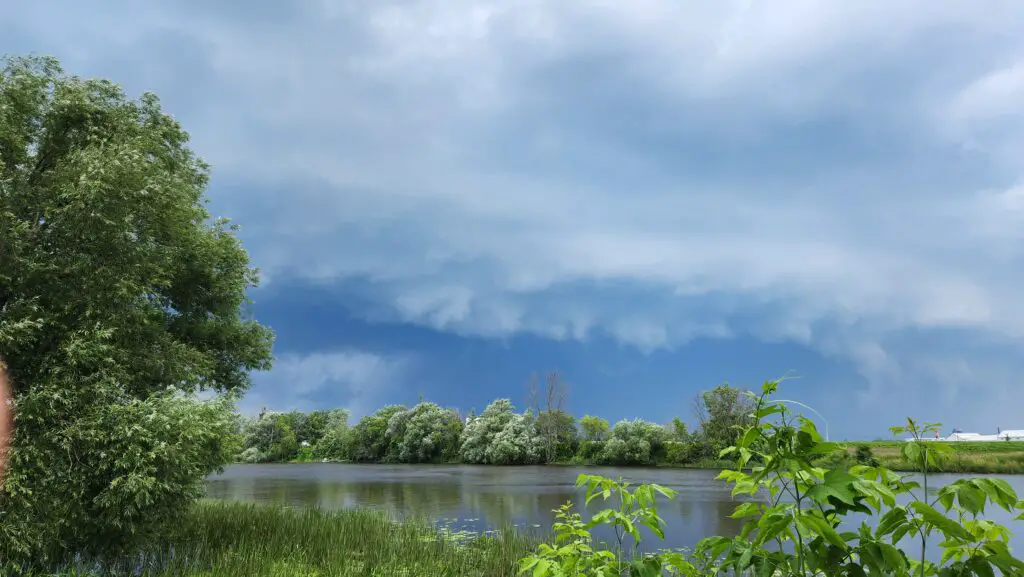
Winds from the south or southwest are also favorable, as they often bring changes in weather conditions that encourage pike to feed.
On the other hand, sunny days with cold northerly or north-easterly winds can make pike more inactive. High atmospheric pressure can also have a negative impact on pike activity, making them less inclined to bite.
In short, if you want to increase your chances of successful pike fishing, plan your fishing trips early in the morning, close to sunrise and sunset.
Choose cloudy days with south or south-westerly winds for even better results. Remember that each season has its own peculiarities, but by following these tips, you'll be well equipped to catch those big, hungry pike.
Wading for pike
Now that we've covered the pike's favourite spots, here are a few wading tips.
Exploration
First of all, when casting your lure, don't just throw it as far as possible, but try different directions fanning out around you to cover a larger area.
Wear waders when venturing into the water, as this will enable you to reach deeper areas where pike often hide. Approach the water cautiously so as not to spook any pike that may be standing close to shore.
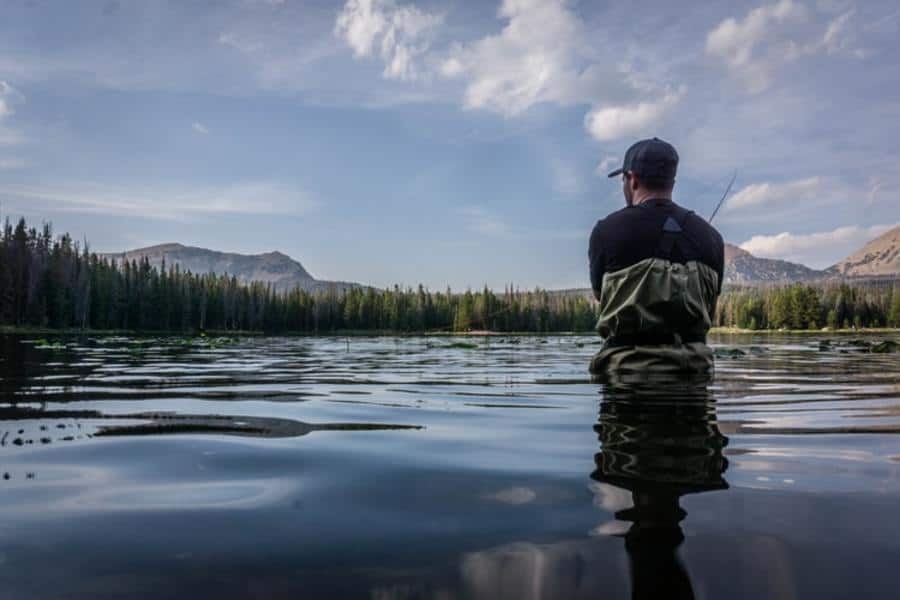
Image from: freshwaterfishingadvice.com
To better understand the water bottom, make systematic casts with a diving lure to determine depth, drop-offs and underwater mounds.
Using portable sonar can also give you a detailed picture of underwater activity and help you locate fish.
Lures and leaders
When fishing for pike, be prepared to change lures quickly if you miss a bite. Pike are cunning and can be wary of the same lure presented repeatedly. Cast the same lure two or three times in the same spot, but then change it.
You can put it back on in about 30 minutes if you wish.

Use solid steel or fluorocarbon line for leaders, as pike have formidable teeth that can easily cut through ordinary line.
You can even darken the leader with a permanent marker to make it less visible to the beady eyes of pike.
Some three-hook lures don't need a leader, as pike generally attack them at the back of the lure, away from the knot.
Change the colors of your lures often to find the one that attracts pike the most, opting for radical rather than subtle color changes. Vary the retrieve speed of your lures too, as pike may prefer different speeds at different times of the day.
Line
Finally, choose a solid fishing line with a strength of 12 to 20 pounds and prefer braided line for longer casts, but be careful near obstacles such as rocks and trees that could cut it easily.
The best lures for pike
For pike fishing enthusiasts, a well-equipped tackle box is essential to guarantee successful fishing. Here is a selection of the most effective lures for pike fishing.
We made a study on the best lures for pike by analyzing over 200 Facebook comments from more than 70 different anglers. The top 2 choices would be spoons and spinnerbaits.
Here are some of the best lures for pike.
The Spoons
We always have, spoons have been the allies of pike anglers. These lures, with their oscillating movement and metallic sheen, have the power to irresistibly attract these predators.
Prefer 10 to 12 cm spoons.
Colors such as white/red, silver, yellow and gold are preferred.
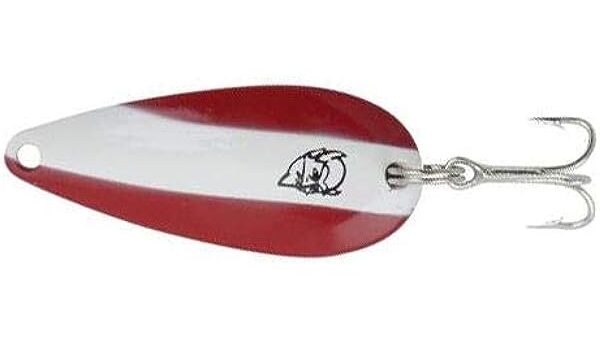
Vary retrieve speeds and take a few breaks to arouse the pike's interest.
Spinnerbaits and Bucktails
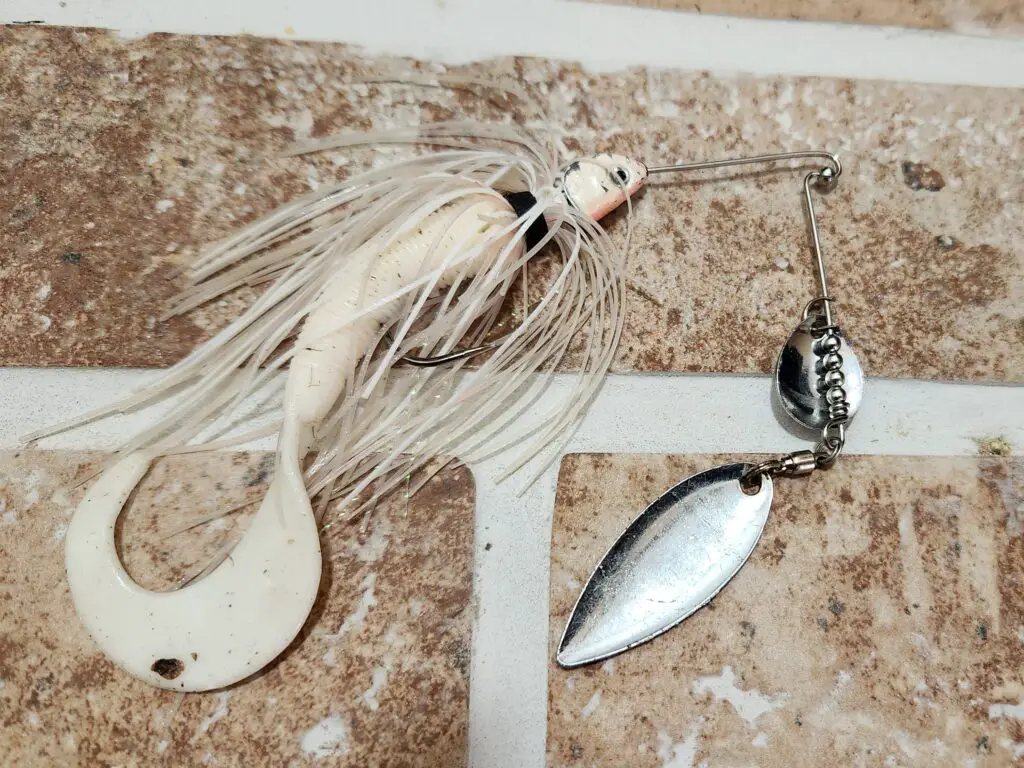
Oversized spinnerbaits and bucktails are effective universal lures for catching pike.
Their unique shape and almost weedless presentation work wonders, especially in shallow waters where pike often hide.
For colors, white, chartreuse, orange and black proved effective.
Choose "willow leaf" type blades or large Colorado blades to maximize vibration and appeal.
The Jerkbaits
Jerkbaits, with their minnow-like shape (preferred prey of pike) can often trigger attacks when other lures fail.
Colors such as firetiger (see picture below), silver, blue, perch and baby bass have proved their worth.
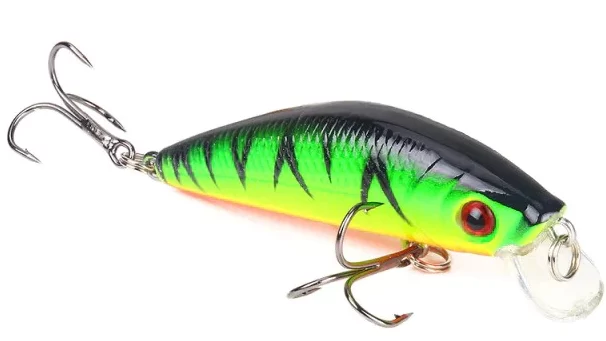
Vary your diving depths and try to get your lure to swim a little higher than the fish.
Surface decoys
For those looking for excitement, nothing beats a pike attack on the surface.
Oversized buzzbaits, walk-the-dog lures and large prop-baits all get the adrenalin pumping during attacks.
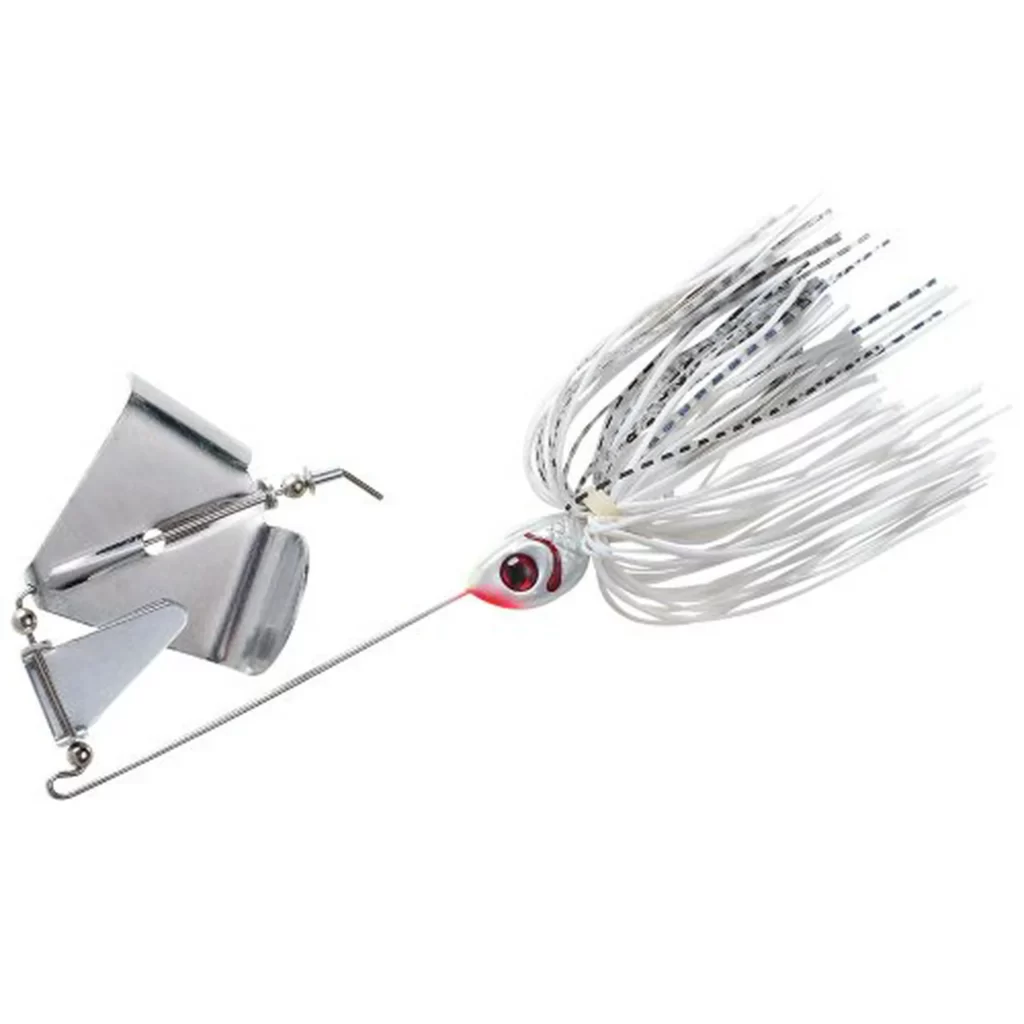
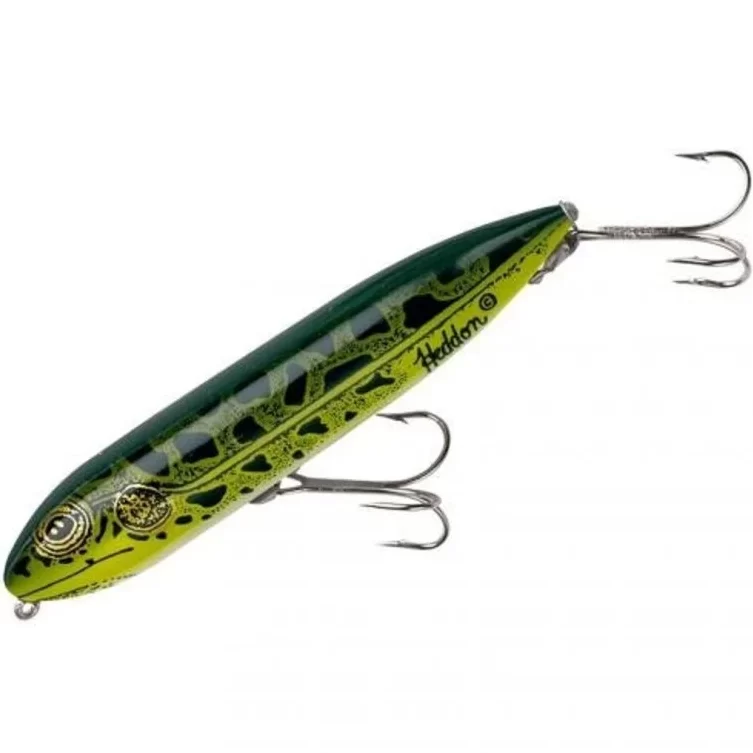
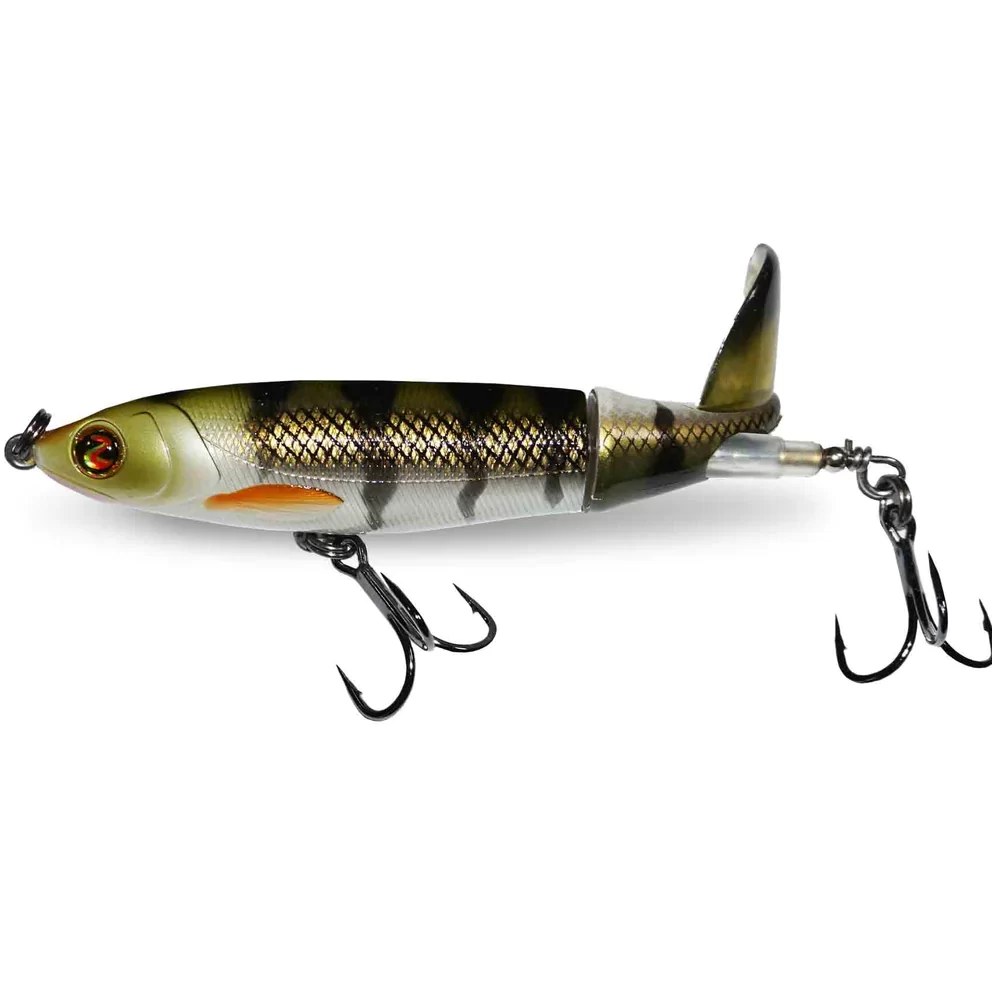
They are particularly effective on seagrass beds and along rocky outcrops and seagrass beds.
Plastic Soft Lures
For shallow-water fishing, especially in spring and early summer, soft lures such as Slug-Gos and Senkos are highly effective.
Their slow fall and movement imitating a wounded fish can trigger strong pike attacks.
15 cm lures are a good size, with white, chartreuse and pink the recommended colors.
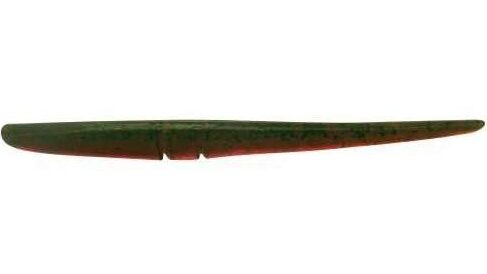
For mounting, opt for a 4/0 "wacky" or "Tex-posed" hook.
With these lures in your tackle box, you'll be perfectly equipped to tackle pike, whatever the conditions.
Regulations
Catch limits, minimum fish sizes, reproduction periods and protection zones are all measures put in place to enable fish populations to recover and grow.
By respecting these rules, anglers actively participate in preserving the aquatic environment and preserving fishing traditions for future generations.
Following the regulations when fishing is a responsible act that respects nature and guarantees sustainable fishing and the preservation of ecosystems.
Our guide to fishing regulations in Quebec will help you find your way around.
